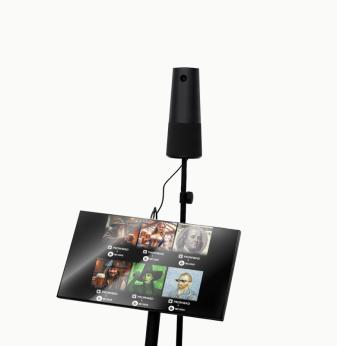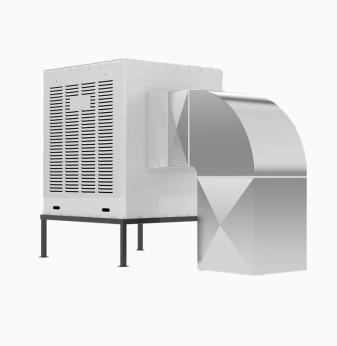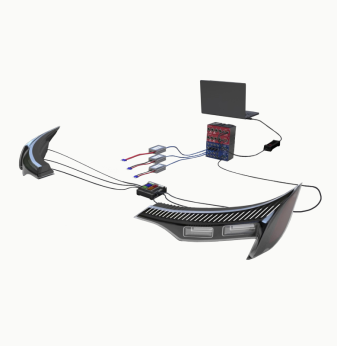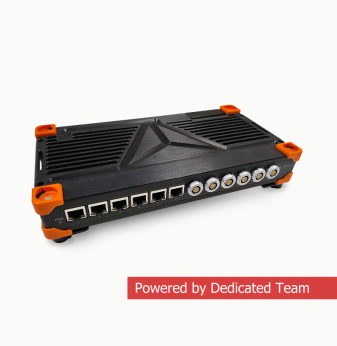Quantum-Resistant Key Exchange for Resource-Constrained Devices
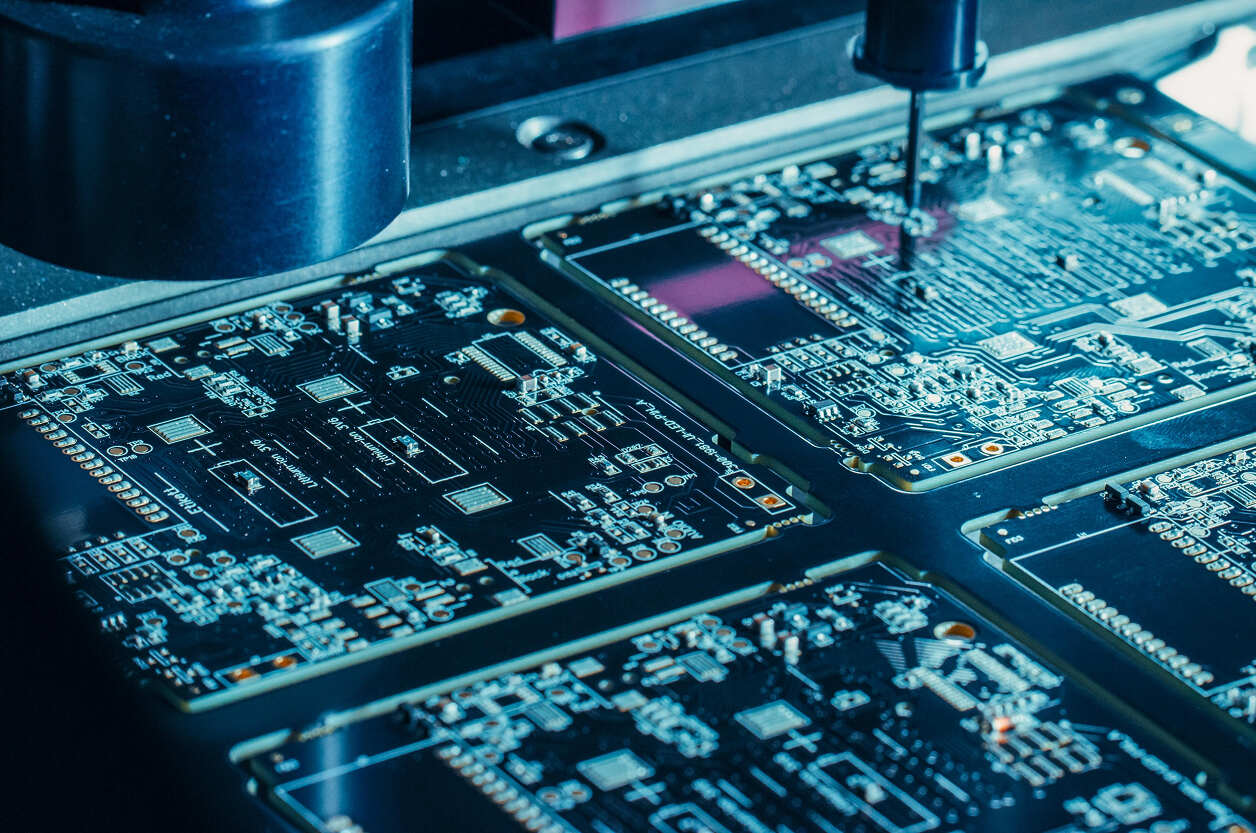
Quantum computing threatens the foundations of today’s secure communications. Public-key algorithms like RSA and ECC — which protect nearly every connected product — could be broken by a sufficiently powerful quantum computer. Even before such machines exist, the harvest-now-decrypt-later threat means adversaries can record encrypted traffic today and decrypt it years later once quantum capabilities mature.
For devices with long service lives — such as industrial controllers, smart meters, automotive ECUs, or medical implants — this is a now problem, not a future one. Designers must ensure that their systems can resist quantum attacks and remain secure for a decade or more without hardware replacement.
That’s where post-quantum cryptography (PQC) and quantum-resistant key exchange come in. In 2024, NIST finalized its first PQC standards: CRYSTALS-Kyber for key exchange and CRYSTALS-Dilithium / SPHINCS+ for signatures. These algorithms form the new global baseline for quantum-safe security. At the same time, the Ascon family has been standardized as the leading lightweight symmetric cipher for constrained devices — enabling practical deployment of PQC in embedded environments.
Why key exchange is a challenge for tiny devices
Key exchange is one of the hardest security functions to miniaturize. It depends on asymmetric cryptography, which requires more memory and compute than symmetric encryption.
In traditional systems, ECC (Elliptic Curve Cryptography) offers compact keys and fast handshakes. PQC algorithms, especially those based on lattices like Kyber, are larger — roughly an order of magnitude bigger in key size and message overhead. For a Wi-Fi access point, this is negligible; for a coin-cell IoT sensor, it’s critical.
Resource-constrained devices face three main challenges:
- Bandwidth: PQC handshakes increase packet sizes, which strain low-power radios (BLE, LoRa, NB-IoT).
- Compute: Polynomial math in Kyber and similar schemes can push CPU load to the limit.
- Memory: PQC implementations often need temporary buffers of several kilobytes.
Despite these hurdles, efficient PQC integration is becoming realistic — especially through hybrid key exchange, which blends classical and quantum-safe mechanisms.
Hybrid key exchange: the bridge to quantum safety
A practical migration path for embedded systems is the hybrid approach. This combines classical ECDH and PQC algorithms in the same handshake, offering dual protection: if either scheme is broken, the session remains secure.
The IETF is finalizing standards for hybrid key exchange in TLS 1.3, enabling smooth interoperability across old and new systems. Embedded vendors can adopt hybrid TLS now, ensuring long-term confidentiality without sacrificing compatibility.
Hybrid key exchange is especially relevant for IoT gateways, industrial controllers, and connected vehicles, where devices with varying compute capabilities must coexist.
Example:
A smart building gateway performs a hybrid TLS handshake with the cloud using ECDH + Kyber. Once the secure channel is established, it distributes symmetric session keys to end nodes over lightweight channels (BLE or Zigbee).
This structure isolates heavy cryptography at the edge, protecting smaller devices while keeping the overall system quantum-safe.
Choosing algorithms for constrained environments
Among PQC candidates, CRYSTALS-Kyber is the most suitable for embedded key exchange due to its balance of performance, bandwidth, and hardware-friendliness.
Key characteristics:
- Public key: ~1 KB
- Ciphertext: ~1 KB
- Computational cost: roughly 10× ECDH but still feasible on Cortex-M4 and similar MCUs
- Memory footprint: can fit within 64–128 KB RAM systems with optimized implementations
While other schemes like NTRU or BIKE exist, Kyber’s maturity, availability of open-source libraries, and integration in PQC-ready TLS stacks make it the clear starting point.
Meanwhile, Ascon-AEAD serves as the lightweight symmetric cipher for the actual data exchange once the secure session is established. Together, Kyber and Ascon form an efficient post-quantum security pair for IoT devices.
Embedded TLS: implementing hybrid PQC handshakes
Integrating PQC into embedded TLS stacks requires more than dropping in new code — it changes handshake timing, packet size, and memory allocation.
Key considerations:
- Handshake budget — Measure ClientHello and ServerHello sizes after adding Kyber keys. For radio links, fragmentation may increase connect time and energy usage.
- Processing load — Profile encapsulation and decapsulation on your target MCU under typical RTOS scheduling.
- Session resumption — Use session tickets to avoid redoing heavy PQC computations for repeated connections.
- Certificate management — Start with classical signatures for now; transition to Dilithium or SPHINCS+ when your PKI supports them.
- Hardware offload — Offload PQC operations to secure elements or co-processors if available (e.g., Infineon OPTIGA or NXP EdgeLock).
This hybrid implementation ensures your system remains crypto-agile, ready for updates as standards evolve.
Security and side-channel resilience
Quantum safety doesn’t eliminate classical risks like side-channel attacks. Lattice-based schemes such as Kyber rely on structured math, which can leak information through timing or power variations.
To protect against these vectors, embedded systems should:
- Use constant-time arithmetic and masked operations.
- Avoid conditional branches based on secret data.
- Test for timing variance across runs with randomized inputs.
- Keep private keys in hardware-protected memory zones.
Many modern PQC libraries now include side-channel hardened implementations, but verification under your specific MCU and compiler is essential before deployment.
Power and performance in real deployments
In pilot tests, optimized Kyber implementations on Cortex-M33 MCUs achieved:
- Encapsulation: <10 ms
- Decapsulation: <15 ms
- Energy usage: ~200 µJ per handshake
- RAM footprint: under 60 KB with lightweight TLS stacks
These numbers make PQC feasible for mid-range IoT controllers and gateways, while ultra-constrained sensors can offload key exchange to PQC-enabled hubs.
Real-world architecture examples include:
- Smart energy meters — hybrid TLS for secure firmware updates and telemetry.
- Automotive ECUs — PQC onboarding for over-the-air key provisioning.
- Industrial robots — gateway-level PQC with symmetric local links for safety-critical communication.

Provisioning and lifecycle management
Quantum-safe key exchange is only one part of the security puzzle. Equally important is secure onboarding and lifecycle agility.
For embedded fleets, this includes:
- Hardware roots of trust — store PQC keys securely in SoCs or discrete secure elements.
- Crypto-agility — build firmware that supports algorithm updates over time.
- Hybrid PKI support — issue certificates that can handle both classical and PQC credentials.
- Phased rollout — enable PQC first in gateways and high-value devices, then extend to endpoints.
Proper provisioning ensures that devices remain upgradeable and secure against quantum-era threats without field recalls.
Outlook: crypto-agility by design
Quantum-safe cryptography isn’t about predicting when quantum computers will arrive — it’s about preparing systems that can survive their arrival.
By 2026, most IoT security frameworks and certification schemes (ETSI, GSMA, IEC 62443) are expected to reference quantum readiness as part of device evaluation. Early adopters will have the advantage of smoother certification and longer product lifespans.
Future embedded systems will be crypto-agile by design — integrating hybrid PQC handshakes, lightweight symmetric encryption, and automated update pipelines.
The transition won’t happen overnight, but every secure device built today lays the foundation for quantum-resistant infrastructure tomorrow.
AI Overview: Quantum-Resistant Key Exchange for Embedded Devices
Quantum-Resistant Key Exchange — Overview (2025)
Quantum-safe communication is becoming mandatory for long-lived embedded devices. Using hybrid TLS 1.3 with CRYSTALS-Kyber and lightweight symmetric ciphers like Ascon, developers can secure key exchange on resource-limited hardware without breaking power or latency budgets.
- Key Applications: IoT gateways, smart meters, automotive ECUs, industrial controllers, and secure medical devices.
- Benefits: protection against harvest-now-decrypt-later attacks, future-proof onboarding, crypto-agility across firmware generations.
- Challenges: larger handshake packets, MCU memory limits, and side-channel resilience.
- Outlook: by 2030, PQC will be natively supported in embedded TLS stacks, making hybrid key exchange standard across all connected devices.
- Related Terms: CRYSTALS-Kyber, post-quantum cryptography, hybrid TLS, lightweight cryptography, crypto-agility, Ascon cipher.
Our Case Studies

